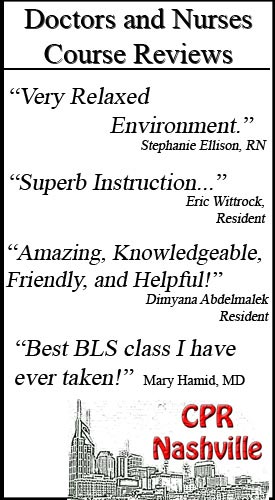Cardiopulmonary resuscitation (CPR) is a critical life-saving technique, and effective chest compressions are its cornerstone. According to the American Heart Association, effective chest compressions can double or even triple a victim’s chance of survival after sudden cardiac arrest. This compelling fact highlights the vital importance of mastering chest compressions to achieve the best possible outcomes in emergency situations. This article will guide you through the techniques and nuances of performing effective chest compressions, enhancing your ability to save lives.
Chest compressions are crucial because they manually pump blood through the heart, delivering oxygen to the brain and other vital organs until professional medical help arrives. This manual circulation of blood is essential in maintaining life during cardiac arrest. The purpose of this article is to provide you with a comprehensive understanding of the techniques for effective chest compressions, helping you perform CPR with confidence and precision.
The Science Behind Chest Compressions
The science behind chest compressions lies in basic human physiology. When the heart stops beating, the body can no longer circulate oxygenated blood. Chest compressions mimic the heart’s pumping action, creating pressure that moves blood through the body. This process helps sustain vital organs until normal heart function can be restored. Chest compressions are a critical link in the chain of survival, a series of actions that maximize the chances of survival after cardiac arrest. This chain includes early recognition of cardiac arrest, prompt initiation of CPR, rapid defibrillation, effective advanced life support, and integrated post-cardiac arrest care.
Proper Technique for Chest Compressions
Proper technique is paramount for effective chest compressions. Hand placement is the first step: position the heel of one hand in the center of the chest, on the lower half of the sternum, and then place the other hand on top, interlocking the fingers. This positioning ensures that the force is applied correctly, maximizing blood flow. Compression depth and rate are equally important. For adults, compressions should be at least 2 inches deep, at a rate of 100 to 120 compressions per minute. This depth and speed are optimal for maintaining circulation and increasing the chances of a successful resuscitation.
Your body position during chest compressions is crucial for maintaining effectiveness and preventing fatigue. Kneel beside the victim with your shoulders directly over your hands, keeping your arms straight. Use your body weight to drive the compressions rather than relying solely on arm strength. This technique helps you maintain the necessary depth and rate without tiring quickly.
Common Mistakes and How to Avoid Them
Common mistakes in performing chest compressions can significantly reduce their effectiveness. Shallow compressions, for example, fail to generate enough pressure to circulate blood adequately. Ensuring that each compression is deep enough is vital. Maintaining a consistent rhythm is also essential; an irregular pace can disrupt blood flow and reduce the efficacy of CPR. Another common error is failing to allow full chest recoil between compressions. Allowing the chest to return to its normal position ensures that the heart can refill with blood, making each subsequent compression more effective.
Advanced Techniques and Tools
Advanced techniques and tools can further enhance the quality of chest compressions. CPR feedback devices, for instance, provide real-time information on compression depth and rate, helping rescuers adjust their technique to meet optimal standards. Team coordination is another critical aspect, especially in prolonged resuscitation efforts. Switching rescuers every two minutes can help prevent fatigue and maintain high-quality compressions. In special situations, such as performing CPR on a soft surface or in a moving vehicle, adjustments must be made to maintain the effectiveness of compressions. For example, placing a hard board under the victim on a soft surface can provide the necessary resistance for effective compressions.
Practicing and Improving Your Technique
Practicing and improving your CPR technique is essential for maintaining proficiency. Regular training sessions, including hands-on practice with mannequins, can help reinforce the proper techniques and ensure readiness in an emergency. Simulation drills that mimic real-life scenarios can enhance your skills and build confidence. Continuous education is also crucial; staying updated with the latest CPR guidelines and research ensures that you are using the most effective techniques and practices.
Conclusion
Mastering the technique of chest compressions is vital for effective CPR and can significantly improve survival rates during cardiac emergencies. By ensuring the correct depth, rate, and rhythm of compressions, you can provide high-quality CPR that makes a real difference. Remember, the effectiveness of CPR lies in continuous learning and practice.
To become proficient in these lifesaving skills, consider enrolling in a CPR certification course. For those in the Nashville area, CPR Nashville offers top-notch training tailored to your needs. As an American Heart Association training site, CPR Nashville provides initial certifications and renewals in BLS for Healthcare Providers, ACLS, PALS, and CPR and First Aid courses. Their hands-on, stress-free classes are designed to help you gain confidence and expertise in performing CPR.
Don’t wait to enhance your lifesaving skills. Enroll in CPR certification in Nashville today and be prepared to make a difference when it matters most. Visit CPR Nashville to find the best CPR training in the city and take the first step toward becoming a confident and capable responder.





